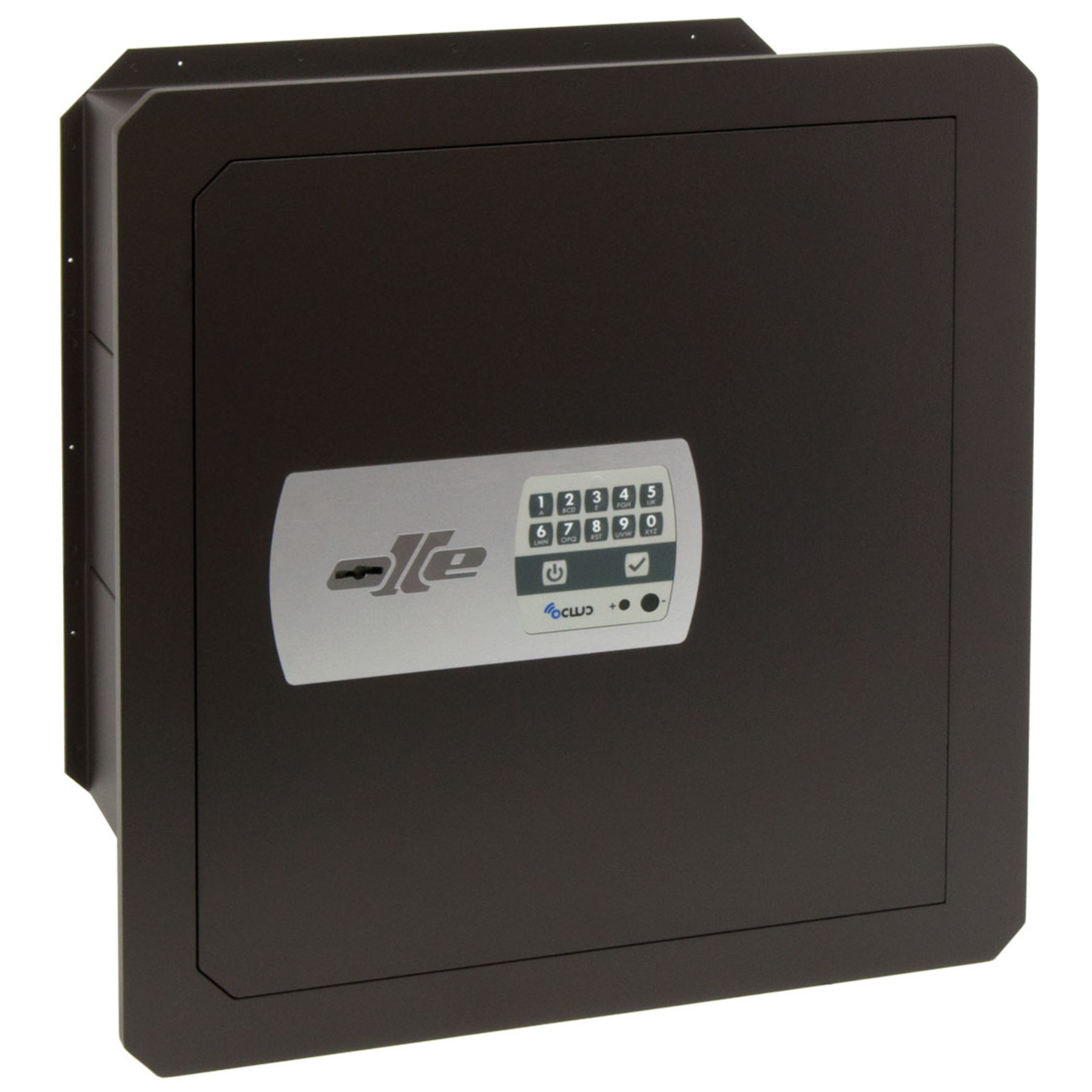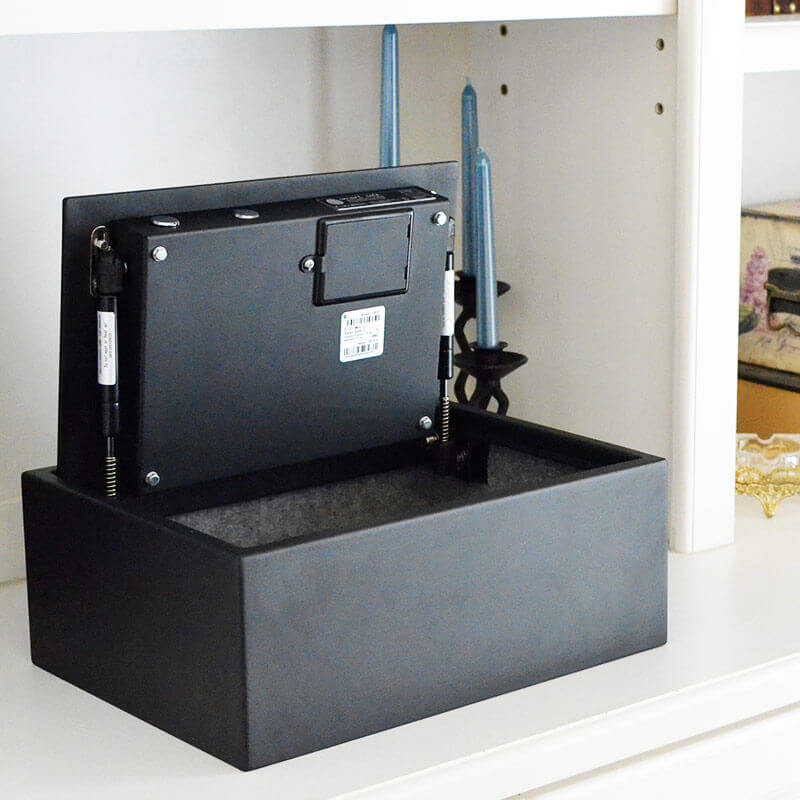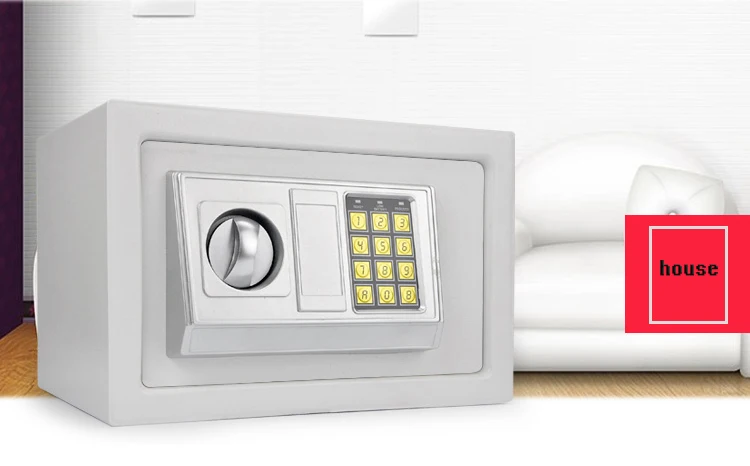

Therefore, you’ll need to find a space for your safe where a floor joist is present. Floorboards themselves aren’t strong and secure enough to support the weight of a heavy safe. You’re going to follow the basic instructions outlined above, but there are other considerations when fixing your safe to a wooden floor. The final step is to then screw the bolts into the interior pilot holes and secure the safe to your cement foundation.

Once the sizing is perfect, place the raw plugs from the fixing kit into the holes and place the safe atop them. If you drill the holes too large, you’ll have to purchase bigger bolts and increase the size of the pre-drilled holes inside the safe to proceed. Set the safe aside and prep your drill with the correct size bit per the instructions. Use your marker to note where you’ll need to drill into the concrete. Inside, you should see some pre-drilled holes in the base. Position the safe into place and open the door. Be sure to clean and properly prepare your area prior to installing your safe. For example, cutting carpeting may be necessary to give you access to the underlayment. You may also need certain tools depending on the type of flooring you plan to fix your safe to. The installation instructions will include a list of simple tools that will likely include a socket set, drill, drill bits, screwdrivers, and a marker pen. Plus, it’s easy to find and remove safes here. Garage doors are often unlocked and left open. This is usually the least secure area of the house in terms of burglary, fire, flooding and other disasters. This is usually among the first places that burglars look for safes. We always suggest selecting a location outside of the master bedroom.There are some clearly less secure places within the home where safe installation is not recommendable. Though fire safes usually provide some level of water resistance, store valuable documents, electronics or photographs in a waterproof container to be extra sure. The base can be anchored in the structure of the house and keep the safe at least two feet off the floor. In areas that flood frequently, it’s advisable to construct a concrete or steel base to support the safe. To prevent your valuables from being damaged by or lost in a flood, ensure that the safe is installed above ground level.
#SMART WALL SAFE INSTALL#
It’s also smart to install it within the range of sprinkler if your home or condo is equipped with an emergency system. In a house that has multiple levels, it’s best to keep the safe on the ground floor. This provides the most protection and support for a heavy safe. The most secure place to install a safe would be at the corner where two outside walls meet. In Case of Fireįire is the second biggest threat to your home. The safe should be located in the wall and covered with a door that blends in, or cabinetry can be constructed around it to match the closet. We suggest putting it in a coat closet or guest bedroom closet.

It should be out of plain view and built into the structure of the house. Look for a place that is in a low-traffic or difficult to find part of the house.

However, we can provide some indications for safer places to install a safe to protect valuables from burglary, fire and floods. There is no foolproof location that is recommendable for every residential property. You can choose a safe with either a keyed and combination lock. Jewelry, birth certificates, passports, savings bonds are just a few examples.īefore making this investment, check that the safe is rated by the manufacturer to withstand the heat of a fire. In the unlucky event of a residential break-in, fire, flood or other natural disaster, a fireproof safe can help protect those special items. Some things are difficult, if not impossible, to replace.


 0 kommentar(er)
0 kommentar(er)
